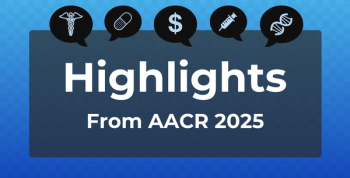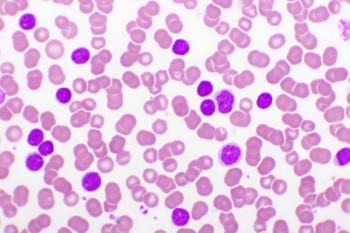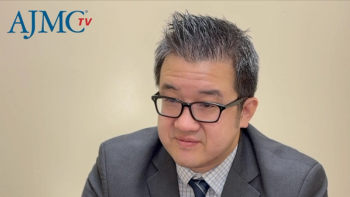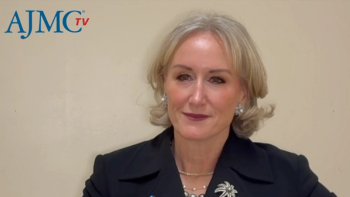
Co-payment Coupons and Patient Assistance Programs: Just 1 Piece of the Specialty Drug Management Puzzle
Pat Gleason, PharmD, FCCP, BCPS, director of health outcomes, Prime Therapeutics, and Shelley Sanchez, senior director of specialty product development, Prime Therapeutics, presented on 1 approach to managing the specialty drug benefit, which includes optimizing the use of PhARMA manufacturer coupons and patient assistance programs (PAPs).
Pat Gleason, PharmD, FCCP, BCPS, director of health outcomes, Prime Therapeutics, and Shelley Sanchez, senior director of specialty product development, Prime Therapeutics, presented on 1 approach to managing the specialty drug benefit, which includes optimizing the use of PhARMA manufacturer coupons and patient assistance programs (PAPs). Prime Therapeutics research is particularly focused on trends and findings that coupons and PAPs have on patients’ out-of-pocket (OOP) costs. Prime has always had a unique focus on specialty drug management. Its unique connections, medical data, and pharmacy data all result in “superior member experiences” and more affordable medications.
“Let me tell you a little about me, I love couponing,” said Ms Sanchez. “My husband, however, is from Spain and cannot understanding couponing. “ Ms Sanchez explains that her story is not unlike others in the patient community as the “coupon craze” has expanded into the pharmaceutical industry.
Ms Sanchez went on to suggest that double-digit specialty trend is a result of utilization, drug mix, and price inflation. By 2018, Prime projects that specialty drug spending will account for more than half of overall spending. This means that payers’ total drug bills could double within the next 10 years.
The presenters offer 7 steps to managing the specialty trend:
1. Bridge the benefit divide
2. Focus on the biggest issues
3. Narrow the specialty network
4. Embrace the management mind-set
5. Promote preferred drug use
6. Protect members from high specialty costs
7. Pick the right partner
Prime Therapeutics specialty pharmacy management program saved patients over $21.2 million in 2013. They also reported that 19,862 patients (a little more than half) received a co-pay offset, and there was a $1069 average savings per patient who received any co-pay offset. Dr Gleason stressed that while there is a limited amount of evidence to the value coupons/PAPs have on patient cost share, coupons are just 1 way to help members save. They should be used to complement other care features such as care management, benefit design, formulary rebates, utilization management, and a patient’s/provider’s network.
Newsletter
Stay ahead of policy, cost, and value—subscribe to AJMC for expert insights at the intersection of clinical care and health economics.









































